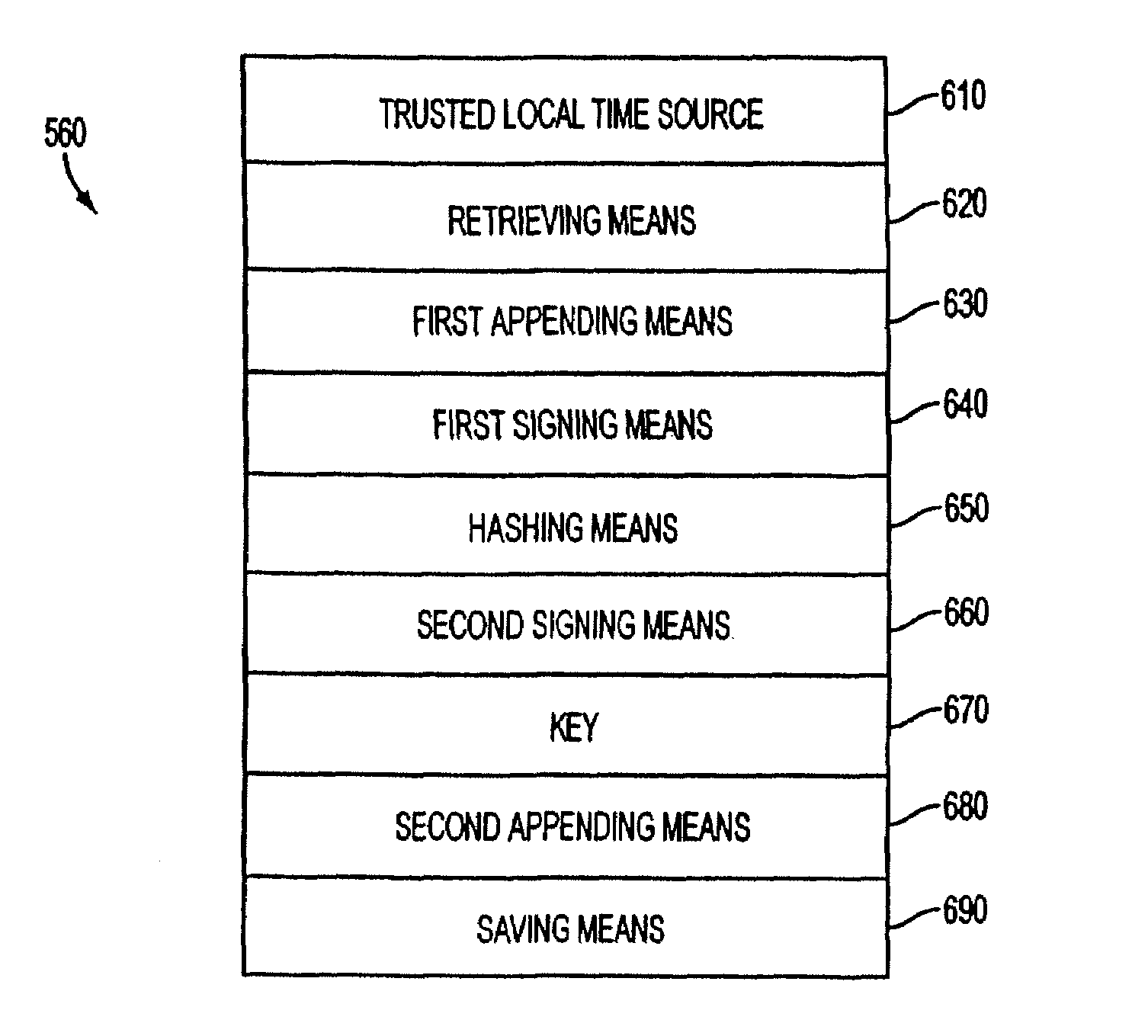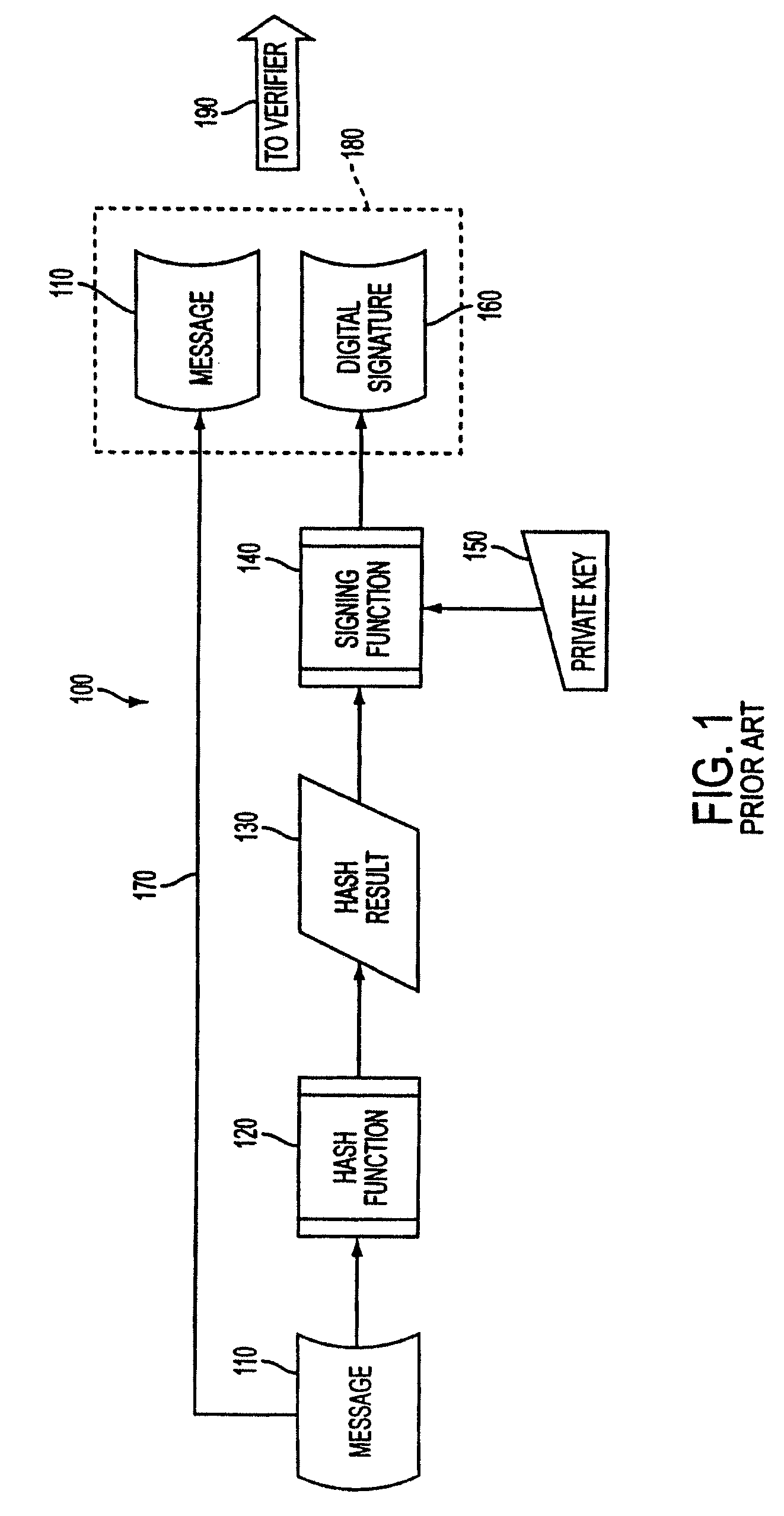Peer-to-peer networks are generally simpler and less expensive, but they usually do not offer the same performance under heavy loads.
At each step of the process of accessing, creating, modifying, transmitting and receiving this digital information, there is the chance that the information can be altered, copied, forged, or otherwise tampered with.
Often times the tampering is not detectable, and in many cases damage is caused.
A minor re-touching of an image or the re-formatting of a
text document still results in changes to the information being presented, may alter the perceived reality, and one may unwittingly verify such a re-touched or altered document because the changes go unnoticed or unchallenged.
Further, even computer enhanced data (such as digital images) is still computer generated data, and subject to all the vulnerabilities native to
digital data as described herein.
In the circumstances surrounding the admissibility and reliance on electronic documents in courts of law, even the most minor alterations (and even enhancements) can have grave consequences, particularly when there is no way to track the changes or alterations to specific and certain dates and times.
Instead, it is the implementation of devices, which do not consider or account for the commonplace reliance on digitally processed information that do require such
verification.
One can only imagine the potential problems associated with the purchase or sale of securities when price-per-share movements on the order of a few cents make the difference to these day traders.
Even legal scholars and systems around the world have been unable to escape the problems of an online world.
However, none of those environments currently provide means for proving—with certainty—dates and times associated with access, creation, modification,
receipt, or transmission of
digital data files, which may be used therein.
As a result, it has been nearly impossible in the prior art to establish with certainty the date and time a particular digital
data file in a given computing means was accessed, created, modified, received, or transmitted.
Although the existing framework of time-
stamping can be used to catalogue and sort one's own files, for other critical needs it suffers from two fatal flaws.
There is no simple way of determining whether the RTC is set to the correct date and time.
Indeed, it is quite trivial for a user to reset the RTC to any desirable date and time.
Even if the computing means' RTC had been correctly set, nothing would prevent a user from arbitrarily changing the “time-stamps” themselves.
As a consequence, changing such time stamps results in the creation of counterfeit data, because the time representation and the file content are not strongly bound to each other.
Thus, the known time-
stamping framework is useless for any situation where the accuracy of the date or time of a digital
data file is critical.
Conventional systems and methods that time-stamp digital data files fail to meet this need.
Furthermore, there is no “open”, cross-platform, interoperable global standard in place to create trusted time-stamps.
One particular problem with the use of such
symmetric systems is the problem of getting the sender and the
receiver to agree on the key without anyone else finding out.
Moreover, the problem becomes greatly complicated when additional users (i.e., potential senders and receivers) are added to the
system.
Conversely, the public key can only verify anything that is signed by the private key.
However, the infrastructure that is necessary to field systems of this type, commonly called a “
Public Key Infrastructure” (PKI), is non-trivial to implement.
However, such a characterization would be inaccurate, because message 110 itself may, or may not be confidential.
E-commerce presents other challenges for securing digital data files.
Nevertheless, User B does not want the
bank to see the terms of his outstanding offer to User A, nor does he want User A to see his
bank account information.
It cannot, on the other hand, see the terms of the offer.
It must also be infeasible to create time-stamps without using the apparatus in the tamperproof box.
All of the above requirements greatly complicate the process of obtaining legally sufficient proof of the date and time a digital
data file was accessed, created, modified, or transmitted.
Moreover, because the DTS is located remotely relative to the user, there is no reliable way to provide a digital time-stamp locally at the user's site.
While each of the above approaches uses
software and avoids many of the requirements for tamperproof hardware, they still require a trusted source at a remote location.
None of the patents listed above teach or suggest any system or method that is capable of providing a trustworthy time-stamp at the precise location where the user's digital data files are accessed, created, modified, or transmitted.
Moreover, all of the methods described in the patents listed above still leave open the possibility that two individuals may collude to falsely state the value of a hash.
This approach, however, suffers from two obvious disadvantages.
Not only is it limited to image file formats having public and private areas, but it is also still dependent on a remote source for the time-stamp and the
image identification code.
While devices according to Blandford, in fact, meet the objective of providing a local source of trusted time, they nevertheless suffer from two major disadvantages.
Both disadvantages arise out of the design requirements of such devices.
First, Blandford requires the RTC to override the computer'
s system clock on boot up.
Second, Blandford requires that the RTC be powered by a source (i.e., the battery) outside of the tamperproof
package.
 Login to View More
Login to View More  Login to View More
Login to View More 


